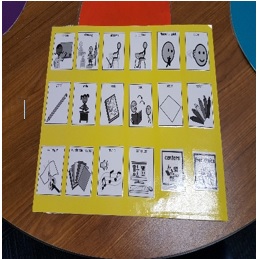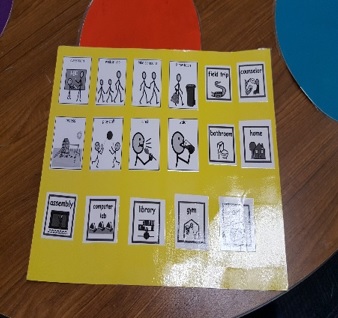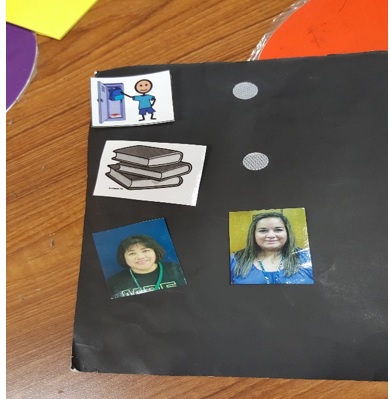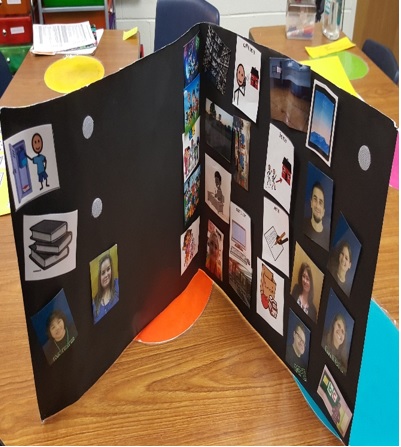Nicolle Rulff, first grade teacher on a Title I campus in Texas is guest blogging today. She has a unique perspective on supporting English Language learners and is sharing a strategy that she uses in her classroom with non-English speaking students. Thank you, Nicolle! You can reach Nicolle at nicollerulff@hebisd.edu.
Twenty years ago I was a frightened little girl starting 5th grade with no knowledge of the English language. I was a wonderful student in my country of birth but here in the U.S. it was a completely different story. My only form of communication was through gestures. The teacher would point to the bookcase and I would walk to it, sit down and flip through the books until it was time for me to go to ESL class. As an older ELL I understood that the social norm was not to cry at school so I held my composure while at school but I broke down every morning and afternoon for months begging my parents to take me back home. Many of us who chose education as a career have both pleasant and hurtful memories during our educational years, those experiences many times leads us to become the teacher that we are today. I took those experiences and dedicated myself to help English Language Learners to feel that they are smart, capable and an important part of our classroom. I don’t want any student of mine to feel the way I felt during those horrible months.
Our classrooms are becoming more and more diverse every year and many of us face the challenges of having ELLs with little to no English background. I have had many ELLs in my classroom but this year I was faced with a new challenge. On the first day of school I had a scared little boy who had never been in school (even in his home country) and knew no English. He spent the whole day crying and screaming for his parents. I felt his pain and understood where he was coming from. I knew I had to do something and that same day I created the calendar and picture cards to help him. The unknown can be a very scary variable to any student, especially one who cannot communicate. I created pictures that I could move around as the schedule changed so he could prepare himself for what was happening next. He also had a poster with pictures and names to help us communicate. We would point to certain pictures when we needed something from each other.


Every day I would set out the first 3 steps of the day and would change them as we completed them. The teacher picture would be paired with the scheduled part of the day. After a few weeks he started to look forward to lunch and recess. I would help him identify pictures and he would repeat after me what it was. My student no longer needs his calendar or his picture poster to communicate with me or the class. Within a week after he gave up his calendar a new non-English speaking student arrived in my classroom. My newest student has just recently arrived in the USA and will be using our picture prompts and ELL daily schedule.


I will utilize this calendar and picture poster many times during my teaching career. Our world is changing and we need to help our students feel that they are important and are valuable members of our society. I will continue to learn and do my best to help all students become successful because I believe in them and I know that a language barrier does not define their knowledge or ability to learn.
–Nicolle Rulff










